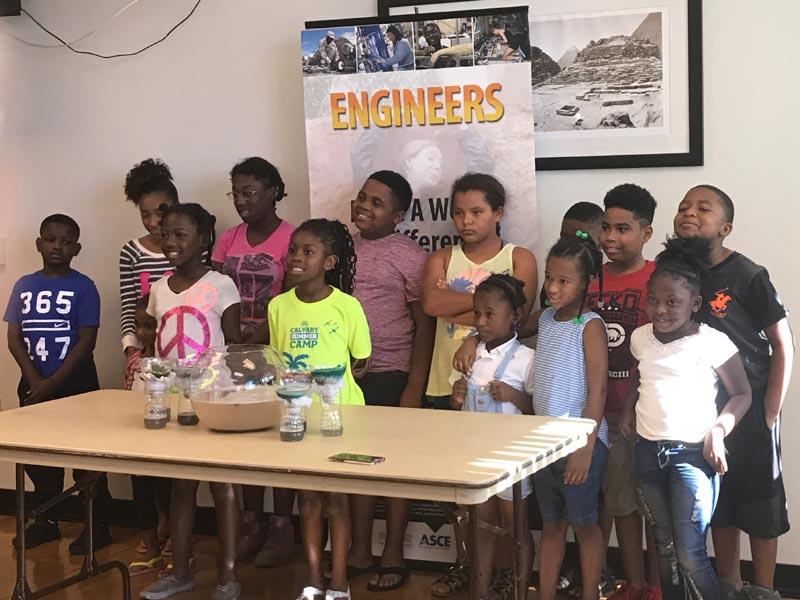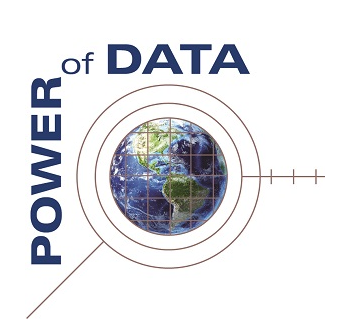COVID-Inspired Data Science Education through Epidemiology
The ongoing COVID-19 pandemic provides a starting point for empowering young people to understand uses of data science through epidemiology. Through this program, 400 underserved youth nationwide will engage in a 15-hour out-of-school multimedia program centered on a project-developed text, The Case of the COVID Crisis, which is integrated with data activities, modeling, animations, and career exploration.

